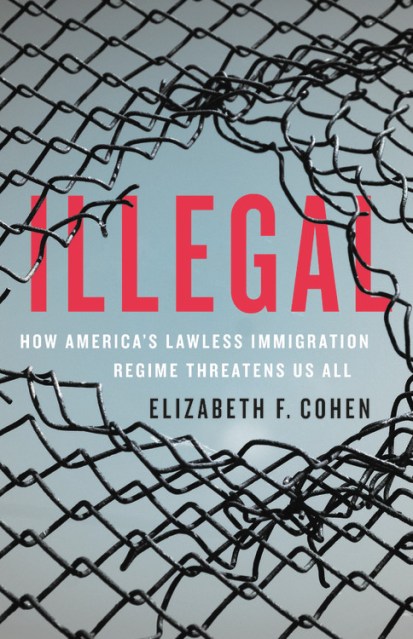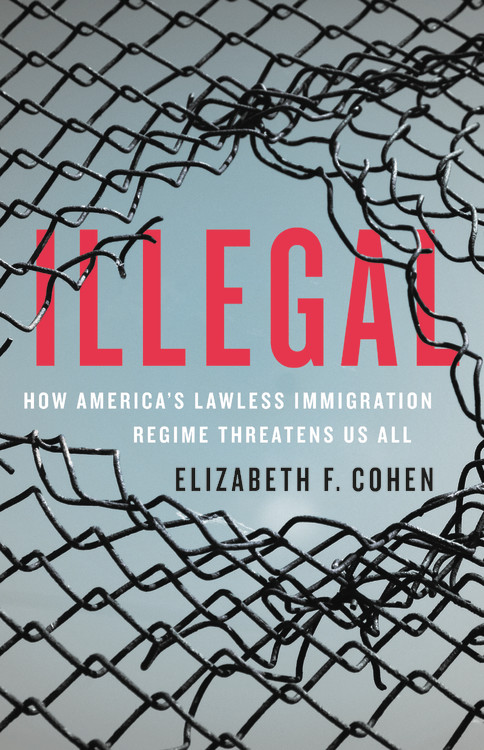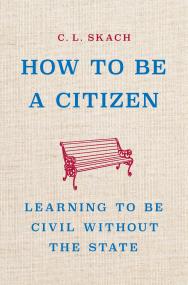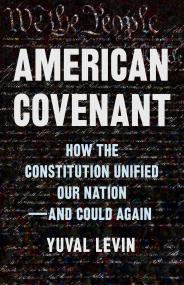Promotion
Use code BEST25 for 25% off storewide. Make sure to order by 11:59am, 12/12 for holiday delivery!
By clicking “Accept,” you agree to the use of cookies and similar technologies on your device as set forth in our Cookie Policy and our Privacy Policy. Please note that certain cookies are essential for this website to function properly and do not require user consent to be deployed.
Illegal
How America's Lawless Immigration Regime Threatens Us All
Contributors
Formats and Prices
- On Sale
- Jan 28, 2020
- Page Count
- 272 pages
- Publisher
- Basic Books
- ISBN-13
- 9781541699847
Price
$28.00Price
$35.00 CADFormat
Format:
- Hardcover $28.00 $35.00 CAD
- ebook $16.99 $21.99 CAD
- Audiobook Download (Unabridged)
This item is a preorder. Your payment method will be charged immediately, and the product is expected to ship on or around January 28, 2020. This date is subject to change due to shipping delays beyond our control.
Buy from Other Retailers:
Under the Trump administration, US immigration agencies terrorize the undocumented, target people who are here legally, and even threaten the constitutional rights of American citizens. How did we get to this point?
In Illegal, Elizabeth F. Cohen reveals that our current crisis has roots in early twentieth century white nationalist politics, which began to reemerge in the 1980s. Since then, ICE and CBP have acquired bigger budgets and more power than any other law enforcement agency. Now, Trump has unleashed them. If we want to reverse the rising tide of abuse, Cohen argues that we must act quickly to rein in the powers of the current immigration regime and revive saner approaches based on existing law. Going beyond the headlines, Illegal makes clear that if we don’t act now all of us, citizen and not, are at risk.
-
"A concise but unflinching look at the barbaric state of immigration in America...The author is a sharp examiner of the relevant data and research, and she is shrewd enough not to drown in the political quicksand surrounding immigration. However, she doesn't shy away from controversy, exploring the dangers of white nationalism and taking into account the pragmatic reasons to formulate a fair immigration policy that doesn't prostrate itself before communal fear...An even-keeled examination."Kirkus
-
"Cohen draws on a wealth of historical evidence to present her dire portrait of America's immigration system, and her commonsense solutions feel both necessary and attainable...[A] trenchant call to action."Publishers Weekly
-
"A timely and unsparing account of how our immigration enforcement regime has 'gone off the rails'. Cohen shows that we had a system we could have built upon that was far less brutal to immigrants and more representative of democratic values. But instead, for political reasons as diverse as 9/11 and the steady beat of xenophobia, we abandoned it. Is there a way forward? In a clear and compelling statement Cohen shows us that our democracy is in danger, what must change, and how to make change happen. An urgent and powerful book."Janelle Wong, University of Maryland, CollegePark
-
"A fascinating dive into our country's lawless immigration enforcement regime and how it developed."Alex Nowrasteh, the Cato Institute
Newsletter Signup
By clicking ‘Sign Up,’ I acknowledge that I have read and agree to Hachette Book Group’s Privacy Policy and Terms of Use






